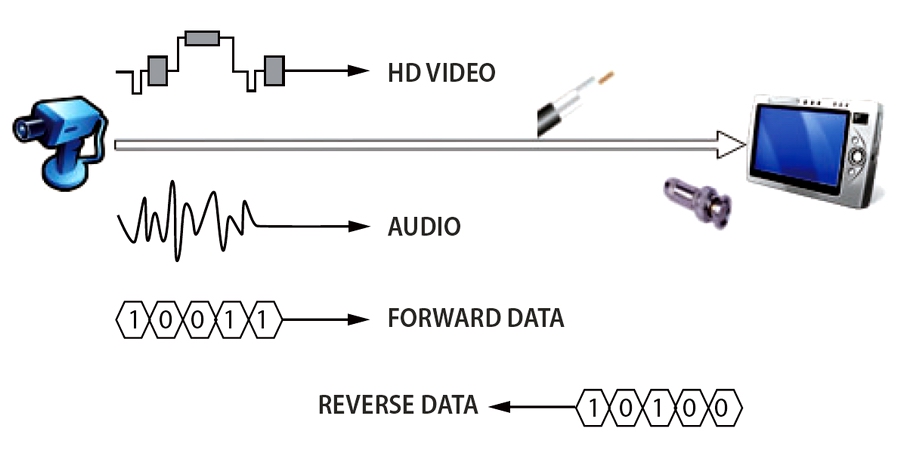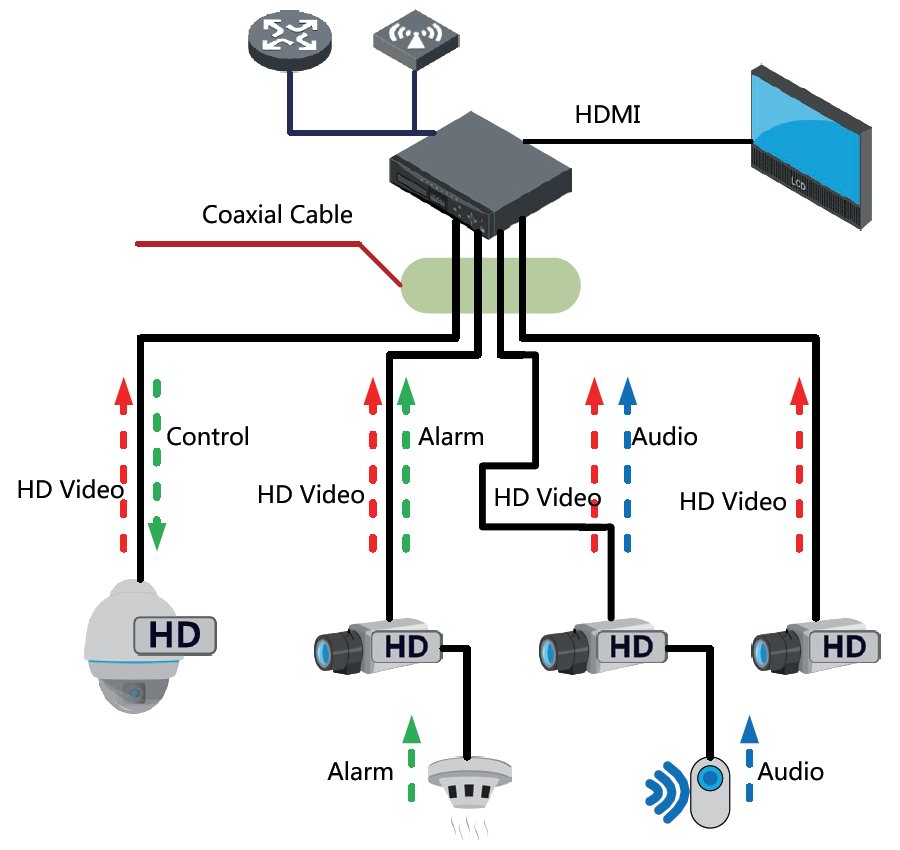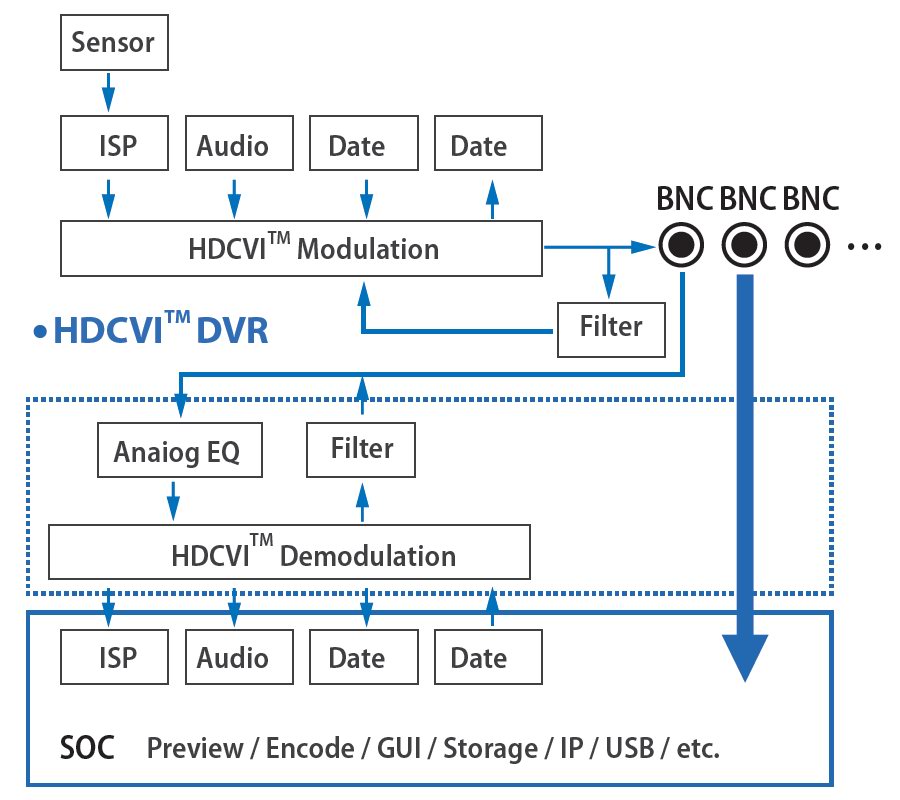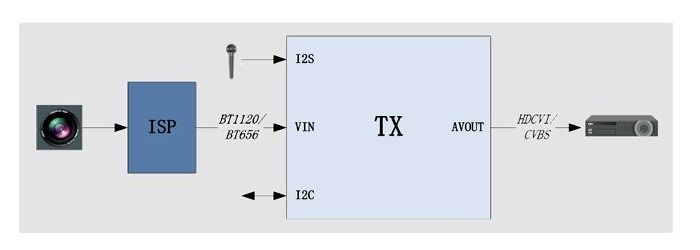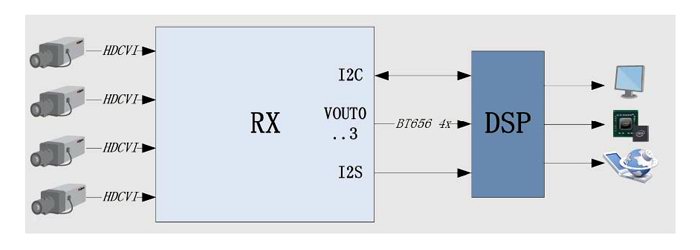камеры видеонаблюдения
|
|
Камеры видеонаблюдения |
|
Технические особенности:
Преимущества:
New HD-Over-Coax Solution Provides Long-Distance Transmission As the industry moves from standard definition to high definition, how can we ensure the whole surveillance system not only satisfies the resolution requirement, but also the total cost? Dahua Technology presents High Definition Composite Video Interface (HDCVI) technology to the market. HDCVI, Dahua’s in-house technology, is an over-coaxial-cable analog HD video transmission standard, allowing long-distance HD transmission at a lower cost to meet the requirements for a complex and large installation. Submitted by Dahua Technology Analog systems, based on coaxial cabling, still dominate today’s video surveillance market — there are approximately 400 million analog cameras in use throughout the world. The demand for high definition from end-users is undoubtedly increasing; however, the need to change the cabling for a HD system can result in higher operational costs. With no new cabling or IP hassle required, HDCVI is one option for upgrading existing systems from standard definition to high definition, offering longer transmission via coaxial cable and lower total cost. What is HDCVI? HDCVI is a solution for megapixel high definition applications, featuring non-latent long-distance transmission at a lower cost. The name has to do with its baseband and quadrature amplitude modulation technology, which is able to avoid CVBS cross talk, completely separate brightness and hue signal, and further enhances video quality. The HDCVI solution incorporates both cameras and DVRs. The system is star topology structured — the DVR serves as a node for an over coax P2P (Point-to-Point) transmission to the camera. The technology offers two specifications: 1080p (1920×1080) and 720p (1280×720). In addition, the technology features the Auto Signal Compensation (ASC) patent, which only allows an extremely low signal distortion along long-distance transmissions. Long-distance Transmission Transmitting data over 500m over a coaxial cable can be realized, depending on the cable selected. Cable 75-3 and 75-5 are recommended for transmissions within 500m, cable 75-5 and above for over 500m. Connectors and welding process also affect the transmission distance. 3 Signals in 1 Coaxial Cable HDCVI composites video, audio, and control signals together and then transmits them over one coaxial cable, simplifying installation. To further realize multiple-signal transmission over one cable, both audio and dual-way data communication signals are embedded in a blanking zone. This enhances synchronization with the video signal and supports a max sampling rate of 44.1kHz thanks to ASC. The forward and reverse data channels are composited in the frame blanking zone, realizing a two-way end-to-end transmission to support control commands such as camera focus, PTZ control, real-time alarm, etc. The forward outputting data supports a high transmission baud rate, as the sending time and electric signal baud rate are predictable, and the receiving end is of high ASC performance. On the contrary, the reverse outputting data supports a lower baud rate due to its low signal frequency and limited data, which are affected by impedance matching and channel transmission uncertainty. However, by adopting ASC, the reverse channel can restore some degree of electrical signal during long-distance transmission. HDCVI Chipset The Dahua HDCVI chipset is comprised of a transmitting chip (TX) and receiving chip (RX), which are designed for front-end HDCVI cameras and DVRs, respectively. These chips can also be applied to fiber optics transceivers, distributors, and matrices as well. TX chip interfaces are a BT1120/BT656 digital video interface, I2S audio interface, and I2C configuration interface, which are all of industrial standard design. This allows the TX chip to be used in any standard interface for ISPs and audio chips on the market. As for analog output, in addition to the HDCVI format, the TX chip is also compatible with CVBS. The TX chip supports 720p@25fps/30fps/50fps/60fps and 1080p@25fps/30fps. Figure 1: TX Flow Chart
The figure above shows the simplicity of the HDCVI solution with the adopted TX chip. The tiny size of the chip also makes it suitable for application in all kinds of camera sizes. The RX chip supports HDCVI HD inputs and digital video outputs — I2S audio output, multiple-chip audio cascade output, as well as I2C configuration interface. It also supports flexible mapping of HDCVI video input channel and digital output channel. Each of these channels has its own format and built-in equalizer that support setup for video parameters such as brightness, contrast, hue, saturation, and dual-way control signal transmission. Figure 2: RX Flow Chart
As seen in Figure 2, a RX chip has the same interface as an AD chip in a conventional analog DVR, which is to say that it provides seamless integration with conventional DVRs. The built-in equalizer allows HDCVI DVRs to receive HD video signals from up to 500m. The TX chip supports 1080p@25fps/30fps/50fps/60fps and 720p@25fps/30fps. HDCVI Provides Long-distance HD transmission The HDCVI solution can not only render smooth HD transmission during long-distance transmissions, but is also free from IP hassles and allows for simple installation; it also features a no-latency capability for real-time performance. With no need for compression processing to maintain its original video quality, it is able to present good quality vivid images. In comparison with other analog systems, HDCVI has an advantage on the transmission distance front, as it can transmit 500m by using 75-3 cable for general transmission media and features a low signal distortion rate. In a word, HDCVI not only provides a good solution that offers megapixel image quality over long-distance transmission, but also ease of installation.
|
 Распродажа
Распродажа Цены
Цены Техподдержка
Техподдержка
